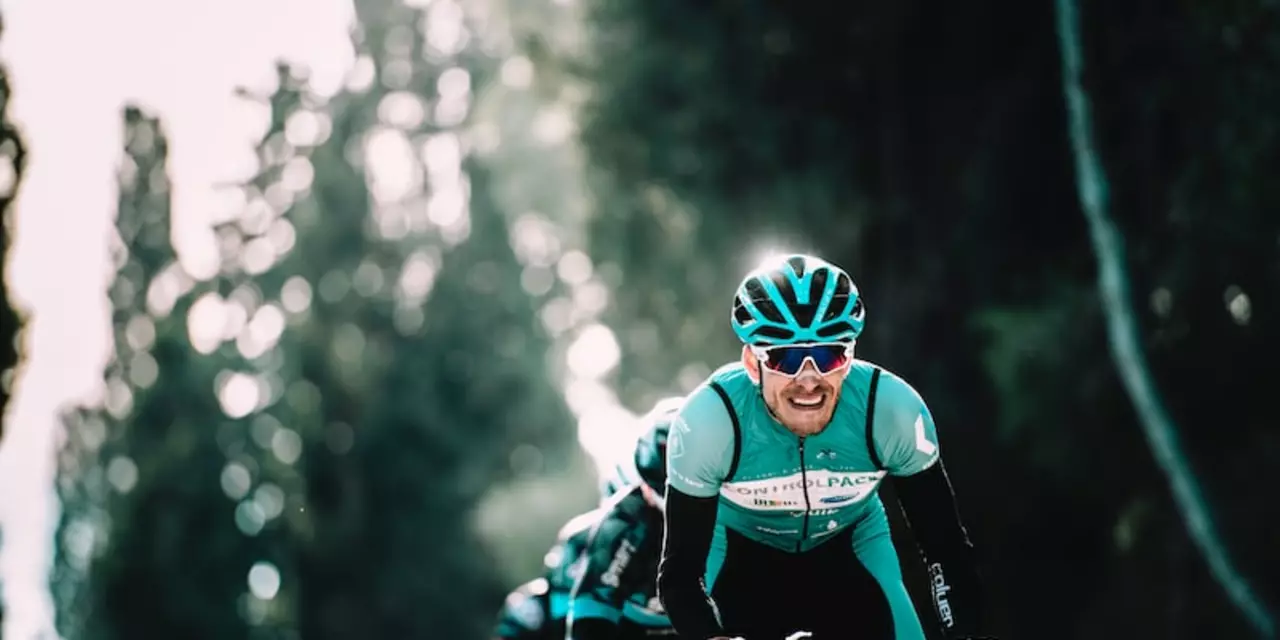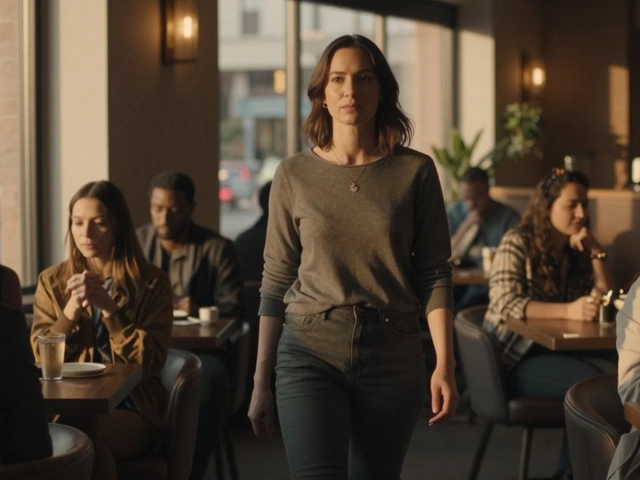Types of Mountain Biking: Which One Fits Your Ride?
Mountain biking isn’t just one thing – it’s a bunch of different styles that each bring something unique to the trail. Knowing the main types helps you pick the right bike, gear, and training plan. Below we break down the most popular styles and give you quick tips on how to get started.
Cross‑Country, Trail, Enduro, Downhill – The Core Categories
Cross‑Country (XC) is all about covering distance on varied terrain. Riders focus on speed and endurance, often climbing long hills and riding smooth singletrack. A lightweight bike with front suspension or a short travel hardtail works best. If you love long rides and want to stay fit, XC is the go‑to.
Trail sits in the middle of the spectrum. It mixes climbing, descending, and technical sections. Most trail bikes have 130‑150mm travel and a full suspension that can handle bumps without being too heavy. This style is perfect for riders who want a bit of everything – a bit of speed, a bit of fun, and a bit of challenge.
Enduro is built for long, fast descents with short, intense climbs. Races usually start with a timed downhill run and end with a short uphill segment. Enduro bikes sport 150‑170mm travel and strong components to survive rough terrain. If you thrive on big drops and aggressive lines, enduro will feel like home.
Downhill (DH) is the most extreme. Riders take a chairlift up, then race down a purpose‑built course that can include jumps, rock gardens, and steep cliffs. DH bikes have 200mm+ travel, a very sturdy frame, and a lot of suspension. This style is for those who love speed and don’t mind a heavier bike.
Choosing the Right Bike for Your Style
Start by asking yourself three questions: How much climbing do you want to do? How technical are the trails you ride? How much weight are you comfortable handling?
If you’re mostly climbing and want a fast ride, look for a lightweight hardtail or a short‑travel XC bike. For mixed terrain, a trail bike with 130‑150mm travel gives a good balance of climbing efficiency and downhill comfort.
When you’re ready for bigger drops and longer descents, an enduro bike with 150‑170mm travel offers confidence on rough sections without being a slog uphill. Downhill bikes are a specialty purchase – they’re best for dedicated DH parks or serious race training.
Don’t forget accessories: a well‑fitted helmet, flat‑pedal shoes, and a reliable set of gloves make every style safer and more enjoyable. Adjust your suspension sag to match your weight, and you’ll feel the bike respond better on any trail.
Bottom line: each mountain biking type has its own vibe and gear. Pick the style that matches the trails you love, then match a bike that fits that vibe. Once you’re on the right machine, the trail feels like an invitation, not a challenge.
Ready to try a new type? Grab a friend, pick a local trail that suits the style, and give it a go. The more you experiment, the clearer your perfect ride will become.
What kind of cycling do you do?
This article explores the different types of cycling and how to get the most out of each. It covers road cycling, mountain biking, BMX, track cycling, and urban cycling. Each type of cycling has its own set of benefits and challenges. For example, road cycling allows riders to cover longer distances and is great for endurance and speed, while mountain biking is more suited to rough terrain and technical riding. BMX, track cycling, and urban cycling are all great ways to stay fit and have fun. No matter which type of cycling you choose, it's important to wear the right protective gear and to stay safe.



